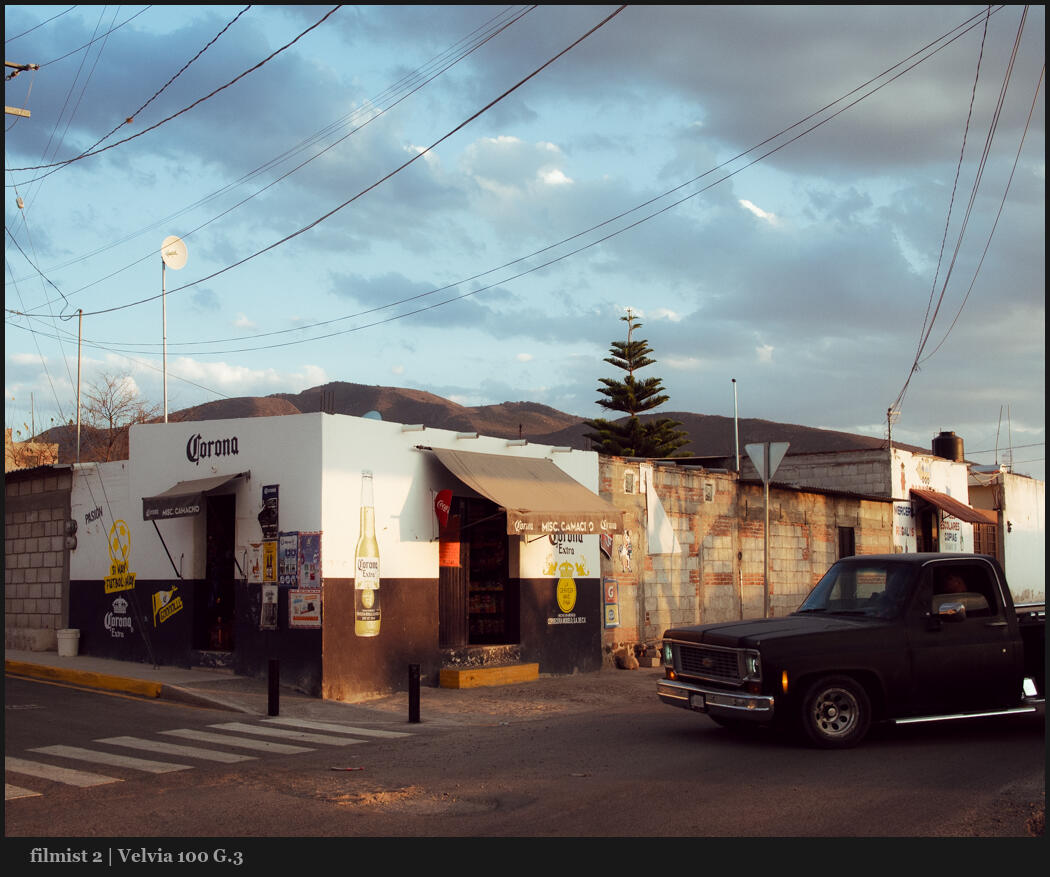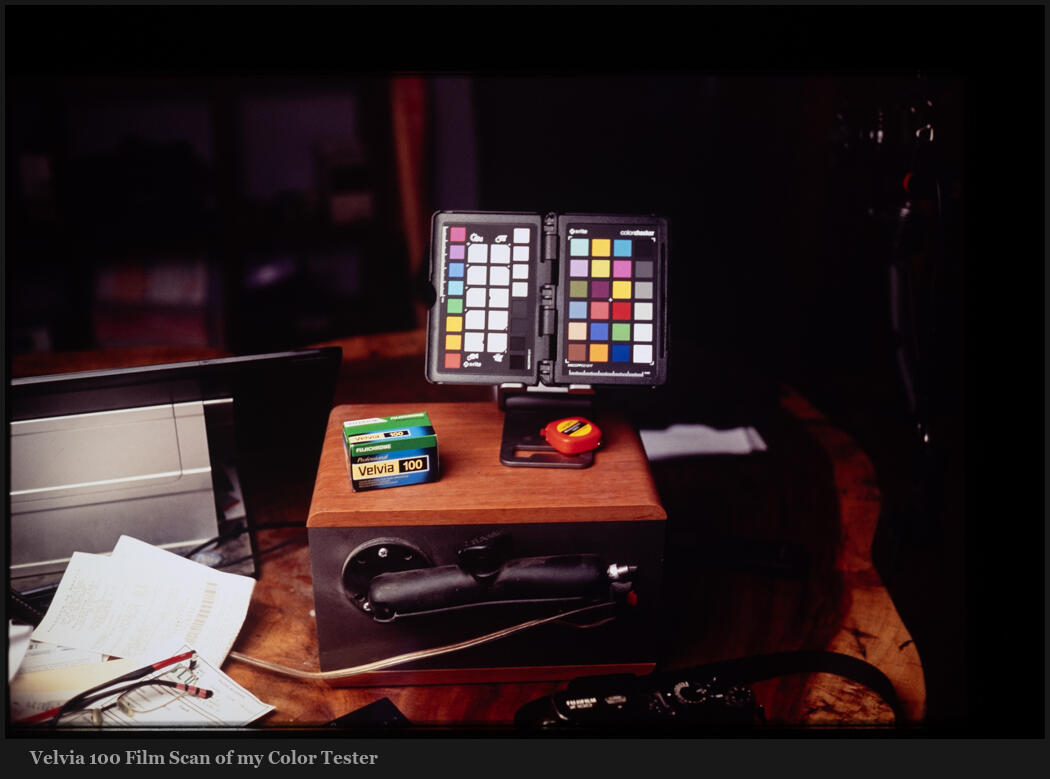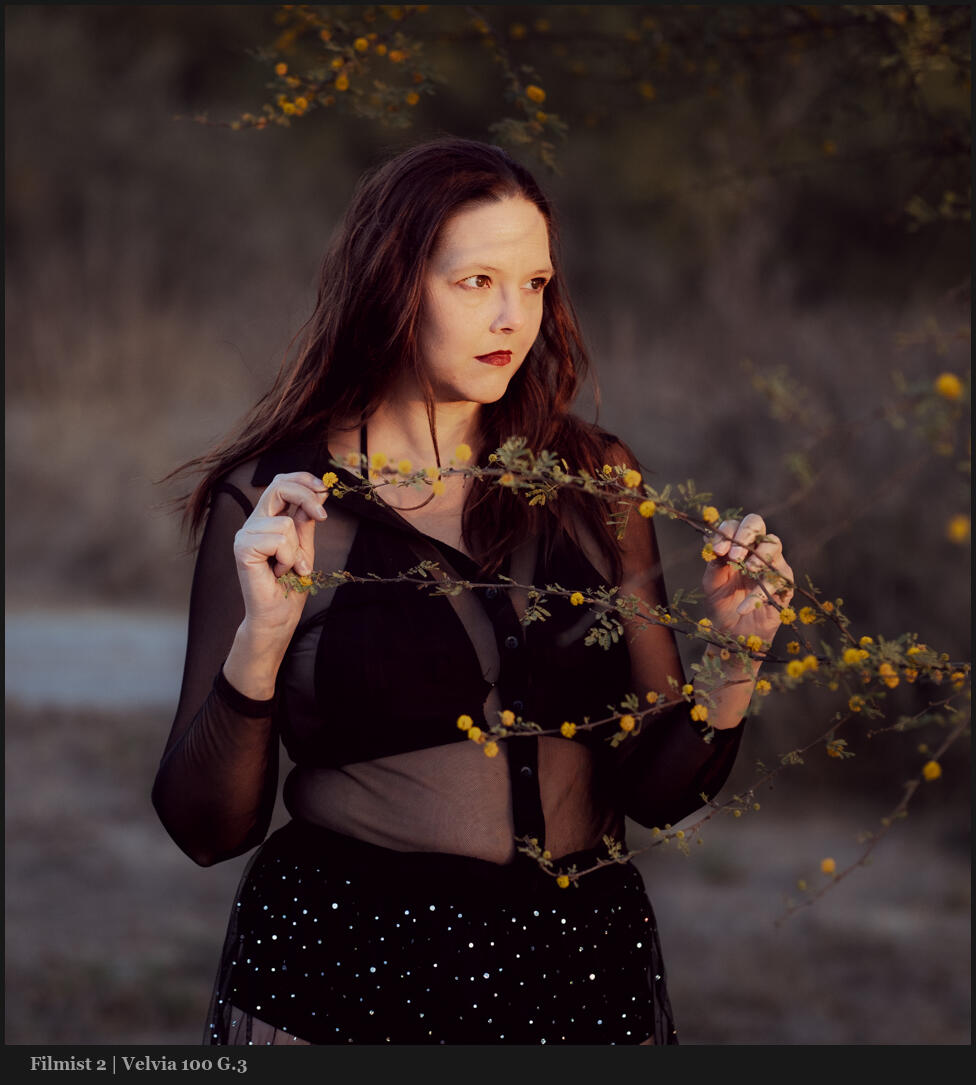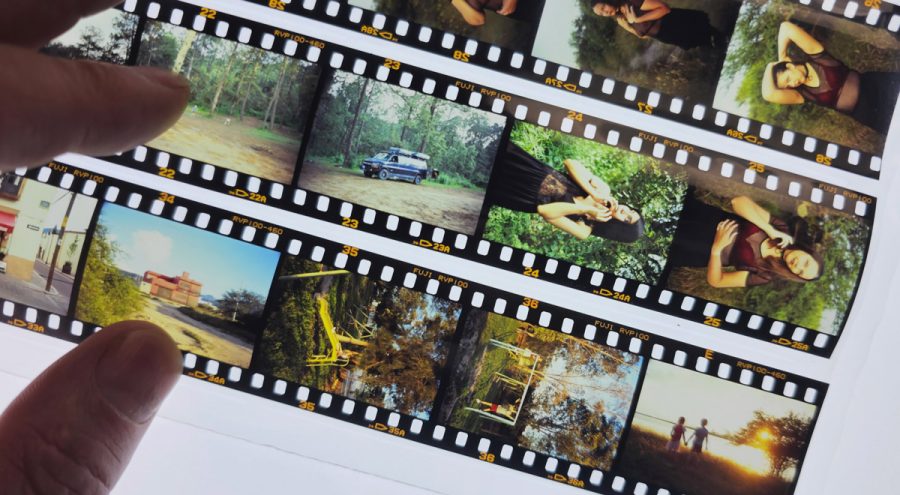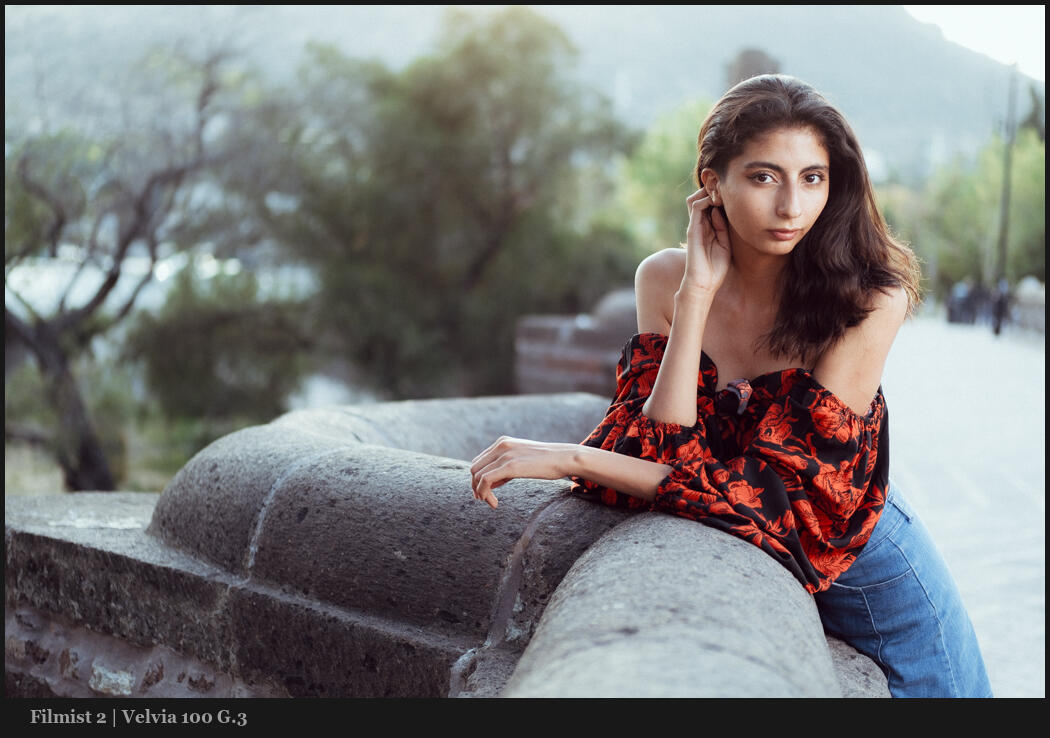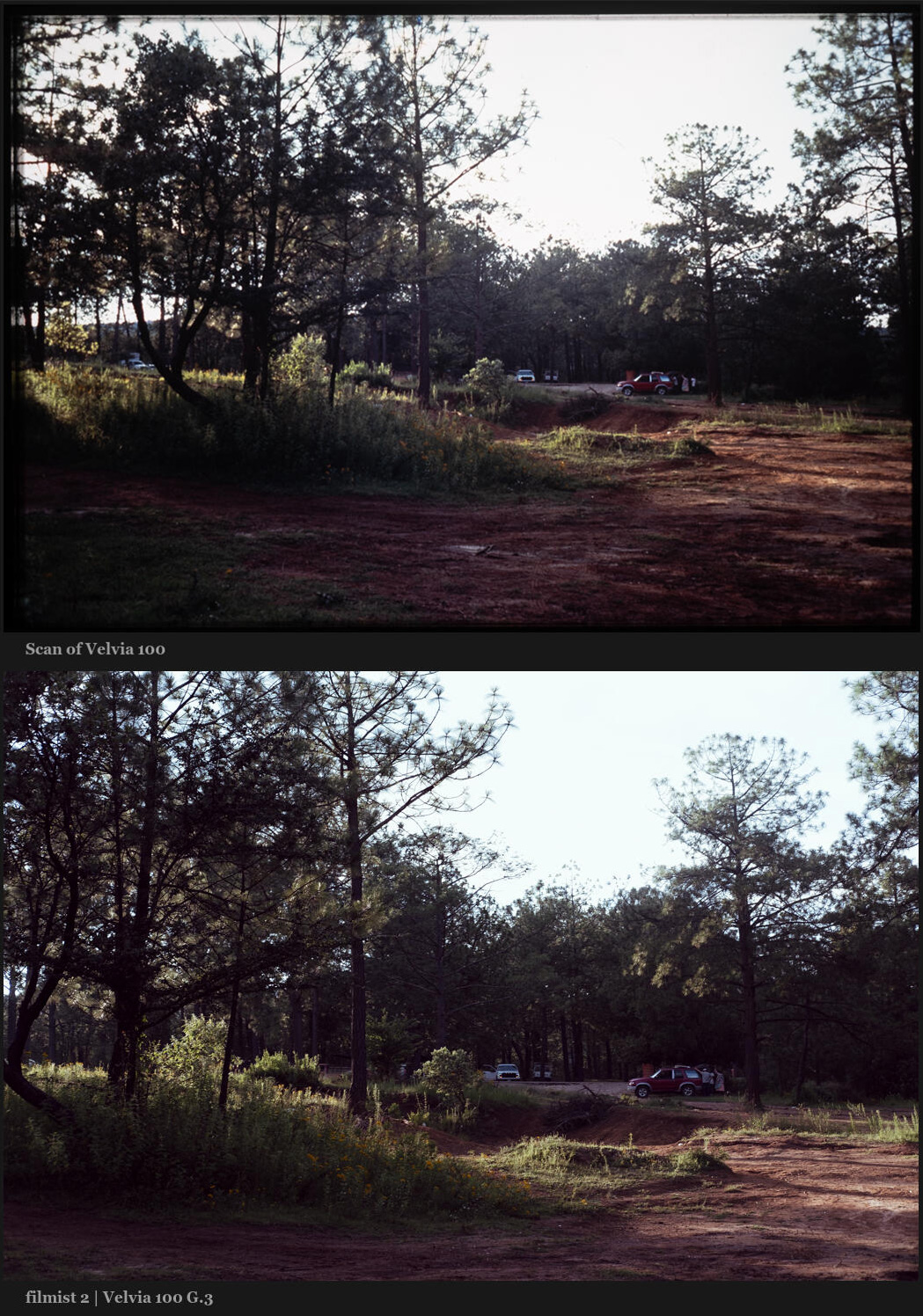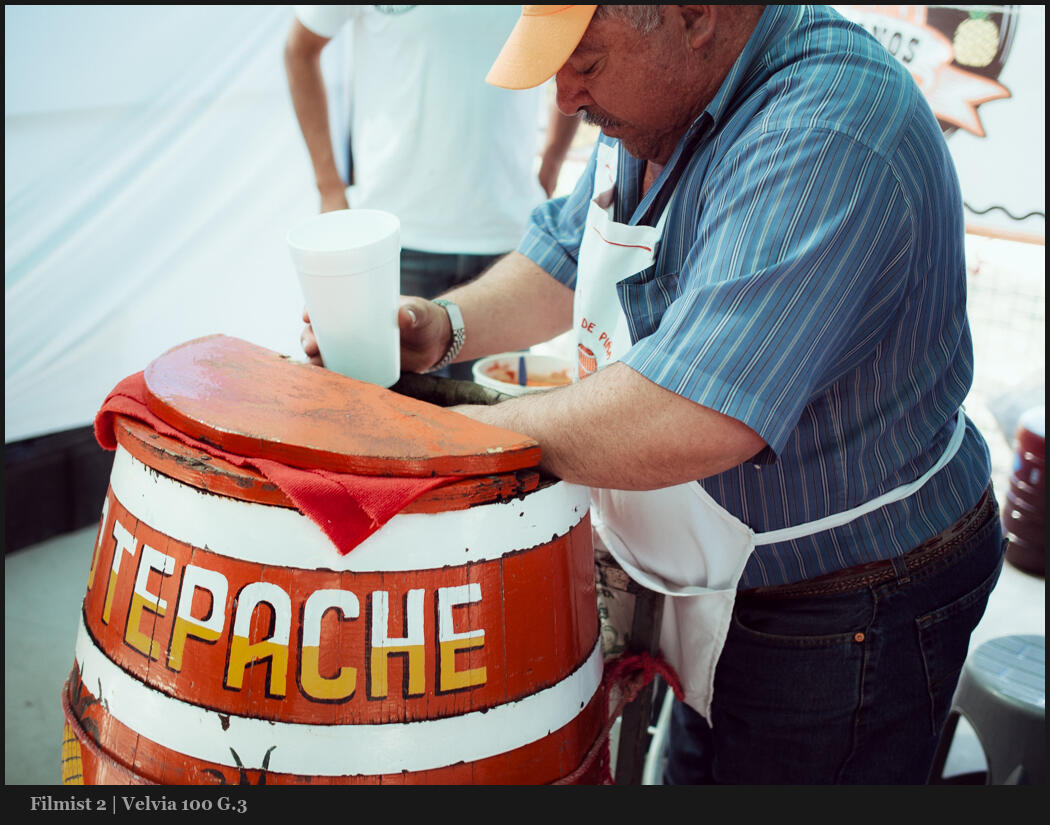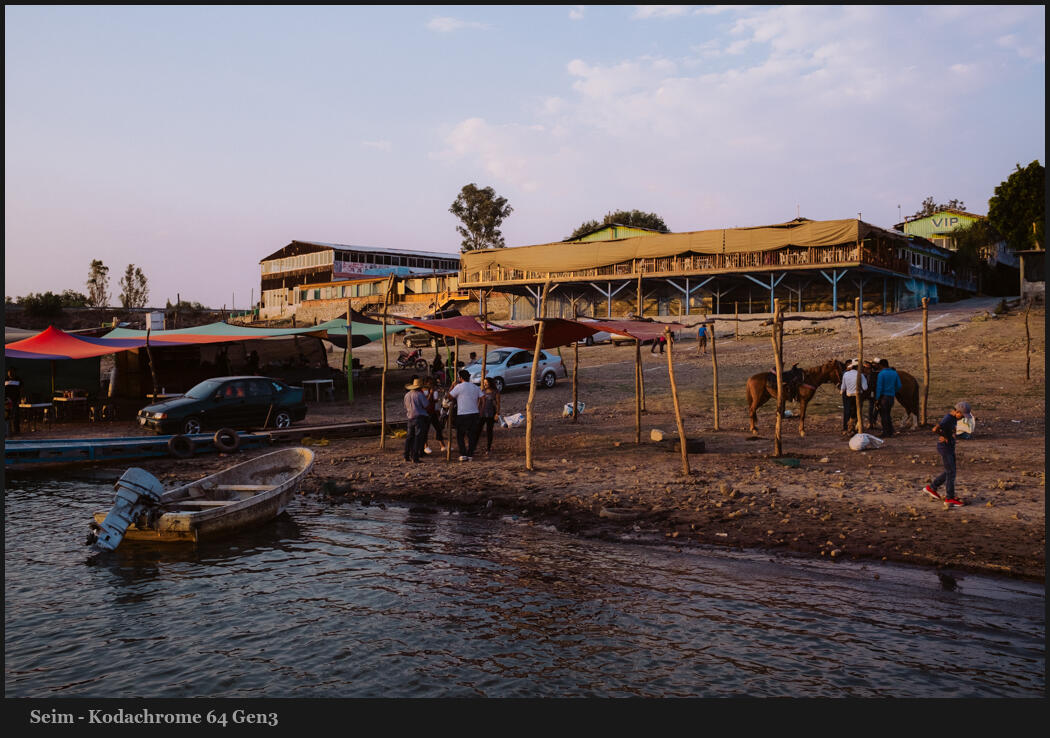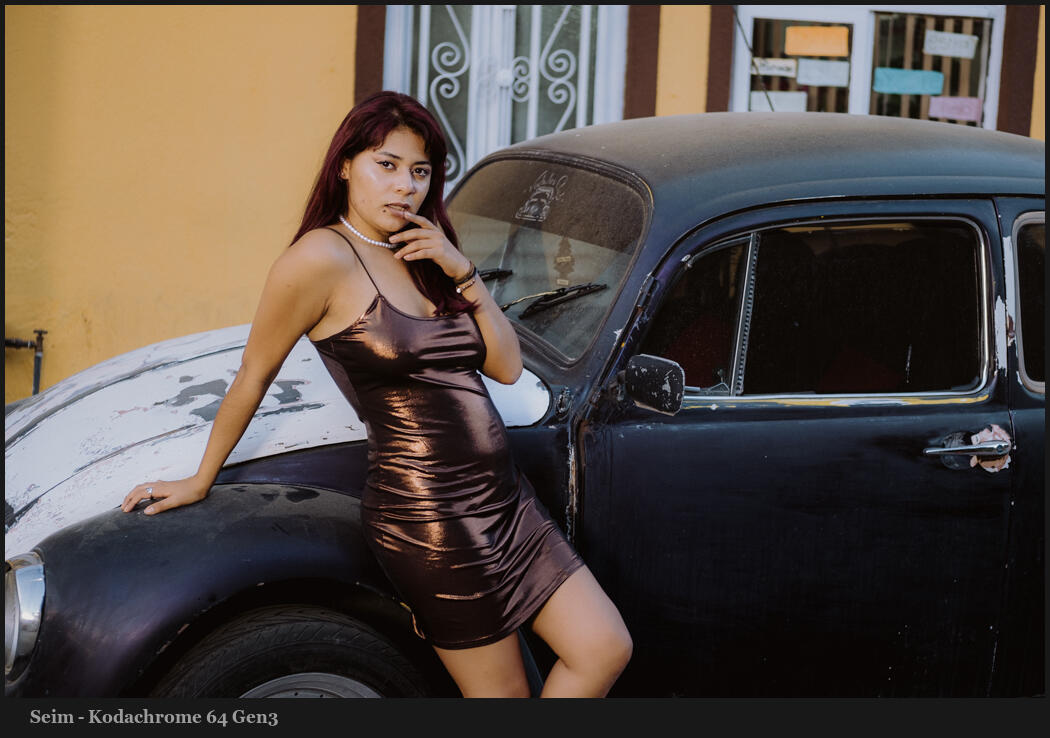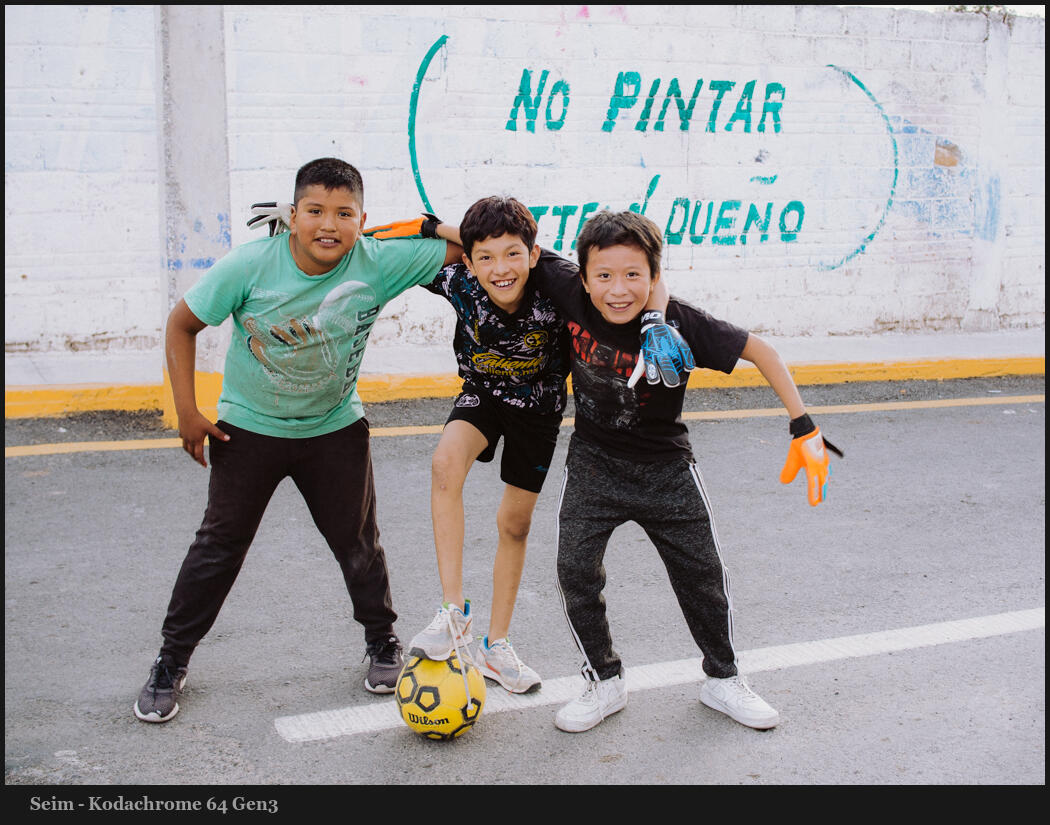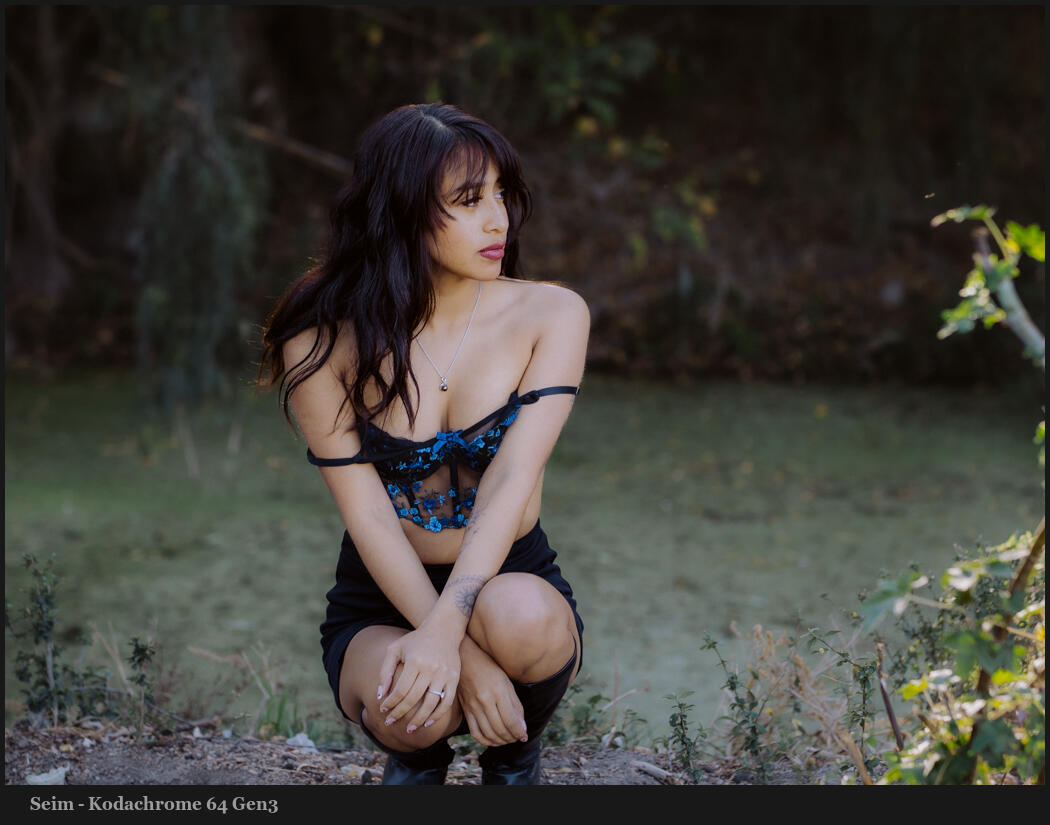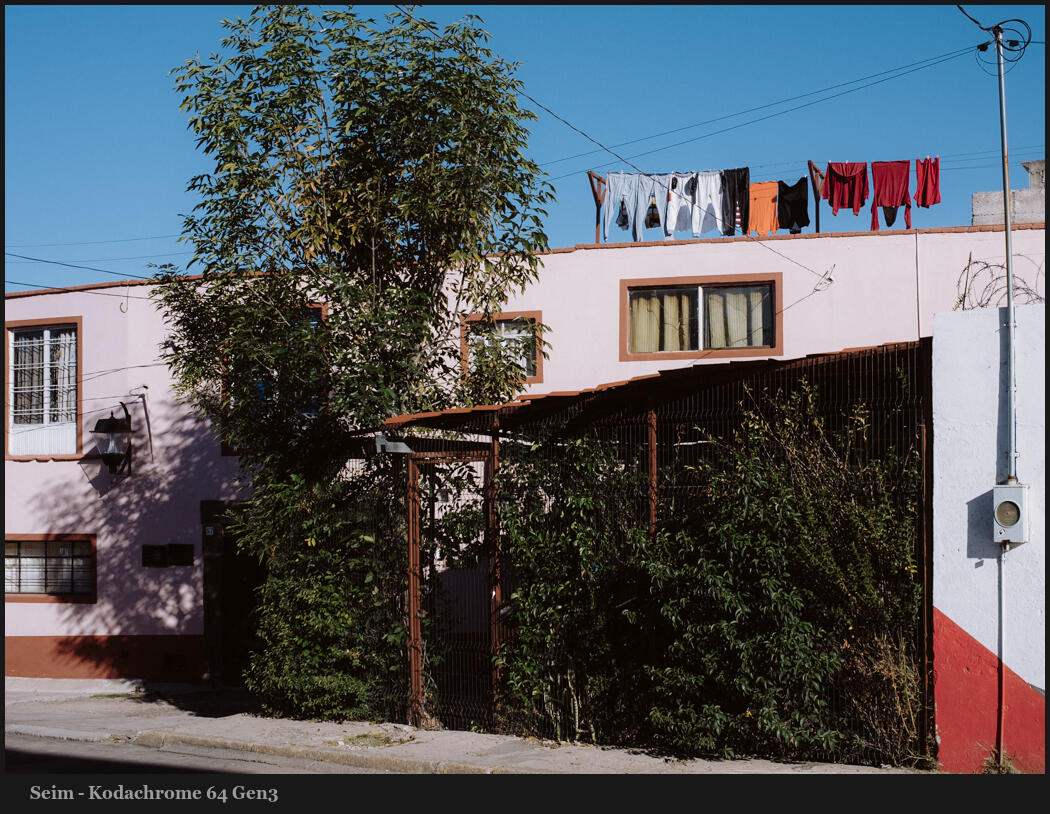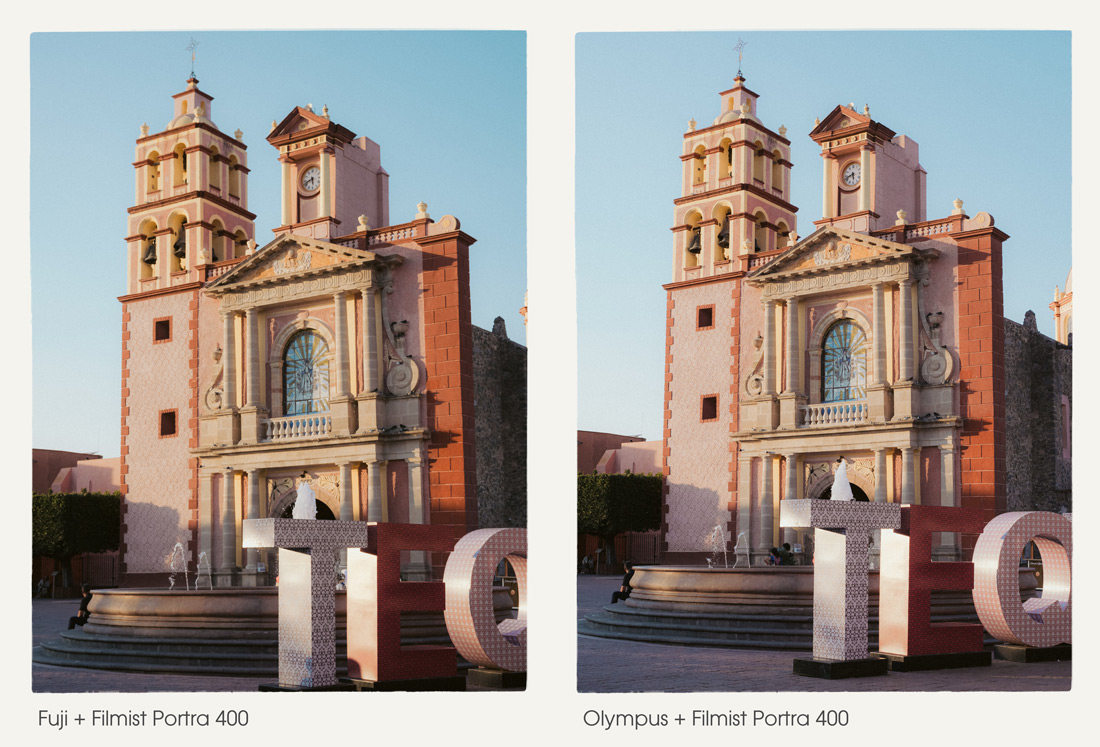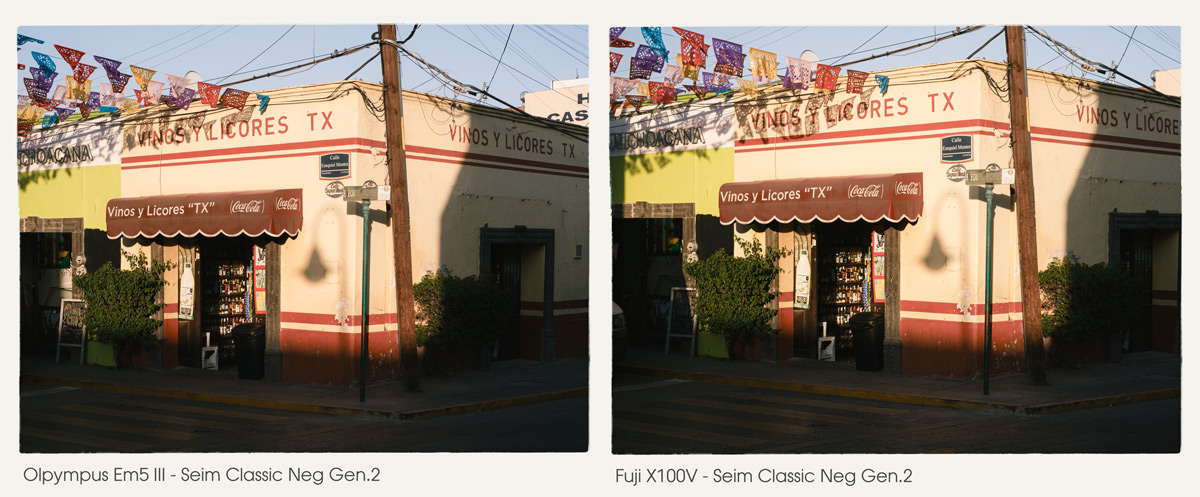Camera makers want us to buy their latest models. Then you have the question of what system to choose and do you need the latest one. I’m going to show you real world examples.
I want to offer you a new perspective in today’s video.
These days when I pick a camera it’s less about sensor size and more about what makes me want to take photos. Or what system is the most versatile. I’ve used 4 brands in the past year and today we’ll talk about the best camera for 2025.
Come to my free Shadow Hackers here. Also you can find the Free Filmist pack here and actions like Pictorialist here or everything else I mentioned don my homepage.
Versatility and flexibility.
Cameras are sold as being the best these days because and influencer did a side by side test or because of specs. IN reality is about how you use a camera.
All of them are good. Choosing a sensor size is more about the lens system you want and how big you want things than an image quality problem.
Choosing a brand is more about flexibility than name. Canon for example makes great camera. But they have been preventing third party lens makers from selling alliterative glass making them much more limited as they try and force you to buy their overpriced glass.
Nikon with it’s small flange distance and blatant support of vintage lenses by adding great manual focus aides is saying. Use the lens you want.
Olympus and Panasonic in Micro Four thirds are two brand using the same mount and also third parties making lenses. Giving them endless options.
Do you want to use it?
All the great features are mute if you don’t want to take a camera with you. Fuji’s X100 series may be fixed lens and not perfect for everything.
But it’s a camera that wants to be picked up. It’s almost part of your outfit rather than a weight to carry. Because I can feel safe throwing it in a cup holder, I always have it. The same can be said for small study micro four third cameras
Don’t limit yourself. If you’re not picking up a camera. Sell it and look for a camera you want at your side. Because that will have you taking photos, hunting shadow and learning faster.
If you have been to one of my classes you know it’s more about shadow and feeling than how clean your sensor is. I think we make buying a camera a decision too much based on specs and not enough on feeling.
You may need a new camera. But it does not have to be new.
Most if the camera I buy are used these days. When I find something special like the Nikon ZF for using my classic lenses I sometimes buy new. But don’t fall for the marketing hype. Your new camera might be 6 years old and inspire you more than any camera you ever owned.
In the end the biggest and the best is not always the cam,era you will actually use and that is often a trap photographer fall for that makes them less creative.
The best camera is not just the one you have with you. The best cam,era is the one you want to use every day.
Gavin Seim

